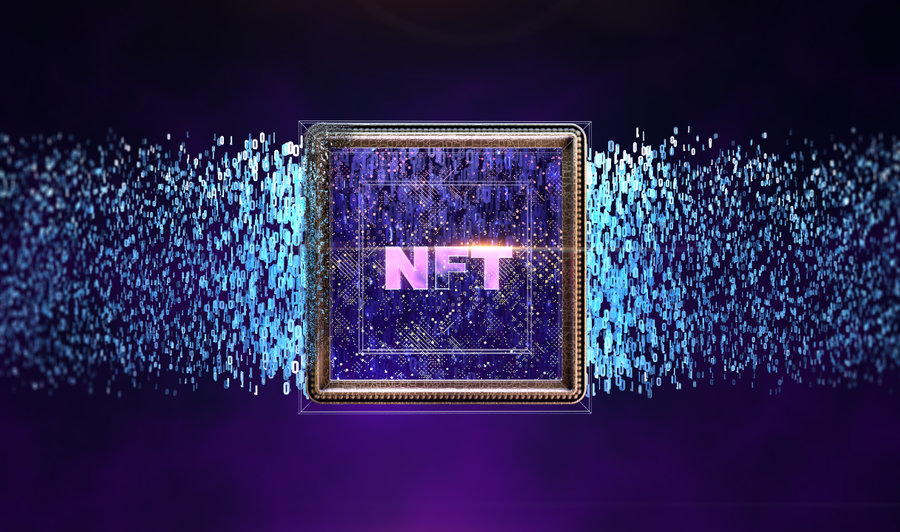The popularity of Non-Fungible Tokens (NFTs) has exploded over the past few years, with the scope of artistic works being sold as NFTs ranging from paintings by world-renown artists to everyday creations. When an individual or business seeks to mint digital tokens of real-world creations from third parties and sell them as NFTs, they must first enter into a licensing agreement with the work’s copyright holder.
What are the key components of an NFT licensing agreement?
Every licensing agreement must clearly identify the works being licensed. Since a licensor may possess the rights to various works, it is necessary to properly account for the works which the licensee is being granted permission to mint and sell as NFTs. Such a glaring omission may result in future legal complications were there to be a dispute as to which works were granted permission and which were not. Equally, the intellectual property of the works must be established within a licensing agreement. The agreement must indicate whether the licensor is retaining possession of the work’s copyright, or if it is being transferred to the licensee.
A licensing agreement also includes a duration clause. This establishes the period for which the licensee has proper authority to perform any exclusive rights, such as minting and selling NFTs, which are ordinarily held by the copyright holder. After a licensing agreement is terminated, all rights granted to the licensee return to the licensor, who may then enter into further licensing agreements.
What rights are included in the licensing agreement?
Once the proper works have been identified and the duration has been established, a licensing agreement must state the rights being granted by the licensor to the licensee for each work. Since the licensor is the copyright holder of the works in question, they are entitled to determine the conditions under which their works will be used, copied, and displayed. Often, licensing agreements include specific provisions explaining the fees and royalties associated with the works. This includes money generated from the initial sale of the NFT, as well as subsequent resales. While there are no requirements for the contents of a royalty provision, most licensing agreements indicate that the licensor shall initially receive a fee in exchange for granting the licensee the rights to the work, followed by certain percentages of the first and subsequent sales.
The licensee has the ability to perform various services as a result of their license. This includes, but is not limited to, reproduction, distribution, minting, and publication payment. Each of these services must be accounted for within a licensing agreement to protect the rights of all parties. Such a provision defines and narrows the scope of how a licensee may utilize the works for which they are granted permission. Aside from listing the agreed upon services, a confidentiality statement is crucial for any licensing agreement. A confidentiality statement prevents the parties from divulging what they determine to be sensitive information, and indicates possible recourse were it to be broken.
What are the next steps after completing the licensing agreement?
Once the parties have entered into a licensing agreement, the licensee is free to prepare the works for minting as NFTs. The steps to follow are determined by one important variable: whether the works are digital or physical assets. If the works are digital assets, such as a tweet, photo, or email, the process is more streamline since there is no need to digitize them, and the works are ready to be minted and sold as NFTs in accordance with the licensing agreement. However, if the works are physical assets, such as paintings or print materials, the first step is to have them digitized. This process, known as digitization, may be completed via photographic, audiovisual, and/or other forms of rendering. Once the physical works have been digitized, the licensee must determine how they wish to use the NFT. One option is to use an NFT as a certificate of authenticity. Through this method, an NFT validates an item, usually the same NFT. The other option is to use an NFT as a method to redeem a physical object. By redeeming a physical object, the NFT claims ownership over that asset.
When a physical asset is digitized and tokenized as an NFT, there are various ways the NFT may interact with its physical counterpart. One method is for the original work to be retained by the author. The original work may also be sold as a separate work, either as the physical original, as a copy of the NFT original, or as a draft of the NFT original. In other instances, the original work is delivered as part of the NFT purchase, as a separate work; this may be the original, copy or draft. Lastly, the original work may be destroyed following the sale of the NFT. In a rather famous example, an original Banksy belonging to a rare collection was purposefully set on fire after being tokenized. As a result, the work was immortalized onto the blockchain.
EPGD Business Law is located in beautiful Coral Gables, West Palm Beach and historic Washington D.C. Call us at (786) 837-6787, or contact us through the website to schedule a consultation.
*Disclaimer: this blog post is not intended to be legal advice. We highly recommend speaking to an attorney if you have any legal concerns. Contacting us through our website does not establish an attorney-client relationship.*






